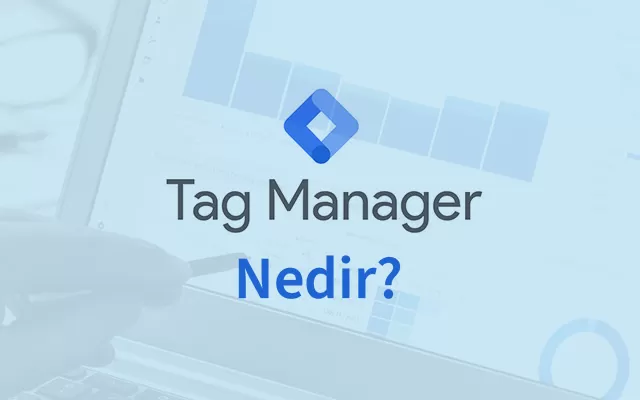Google Tag Manager, which allows you to manage the entire process of adding scripts and tags to your website in one place, is widely used because it is both useful and practical. Thanks to this tag manager, which is a free tool, you can perform coding and tags in one place, and you can also ensure that each of the tags is triggered under certain conditions.
One of the most popular features of this tag manager is that it is not restricted to the use of Google products. For example, you can use GTM technology and integrate tools such as Crazy Egg and Criteo. You can also add custom HTML tags and keep your website organized in terms of tags.
Get Support from Google Tag Manager, Which Offers Advantages in Every Aspect
Take Advantage of the Opportunities Provided by the Tag Manager
Learn About the Working Principle of Google Tag Manager
- Tag: This section generally helps you add code that includes JavaScript to your website. First you need to create a Container in your Google Tag Manager account. Then you can easily add your tags and speed up your work. It is possible to add all your tags such as Google Remarketing, Facebook Pixel, AdWords conversion tracking, Criteo here. This tag manager also supports custom HTML tags, so you shouldn’t have any problems. If you have unsupported tags, you can troubleshoot by checking the tool’s help page.
- Triggers In short, this section helps you determine the conditions under which your tags will be triggered on which page and under which conditions, allowing you to ensure a smooth tagging process at all times. For example, if you want to be able to track AdWords conversions, you just need to ensure that the code on your thank you page is triggered.
- Variables Variables are the values used by the triggers. Many variables come standard in your Google Tag Manager account. In addition, if you wish, you can create your own variables in line with your needs and easily define them.
With this handy tool, you can easily control all your tags, set when they should be triggered, edit the conditions under which they should not be triggered, and decide on which pages tags should be triggered or not.

